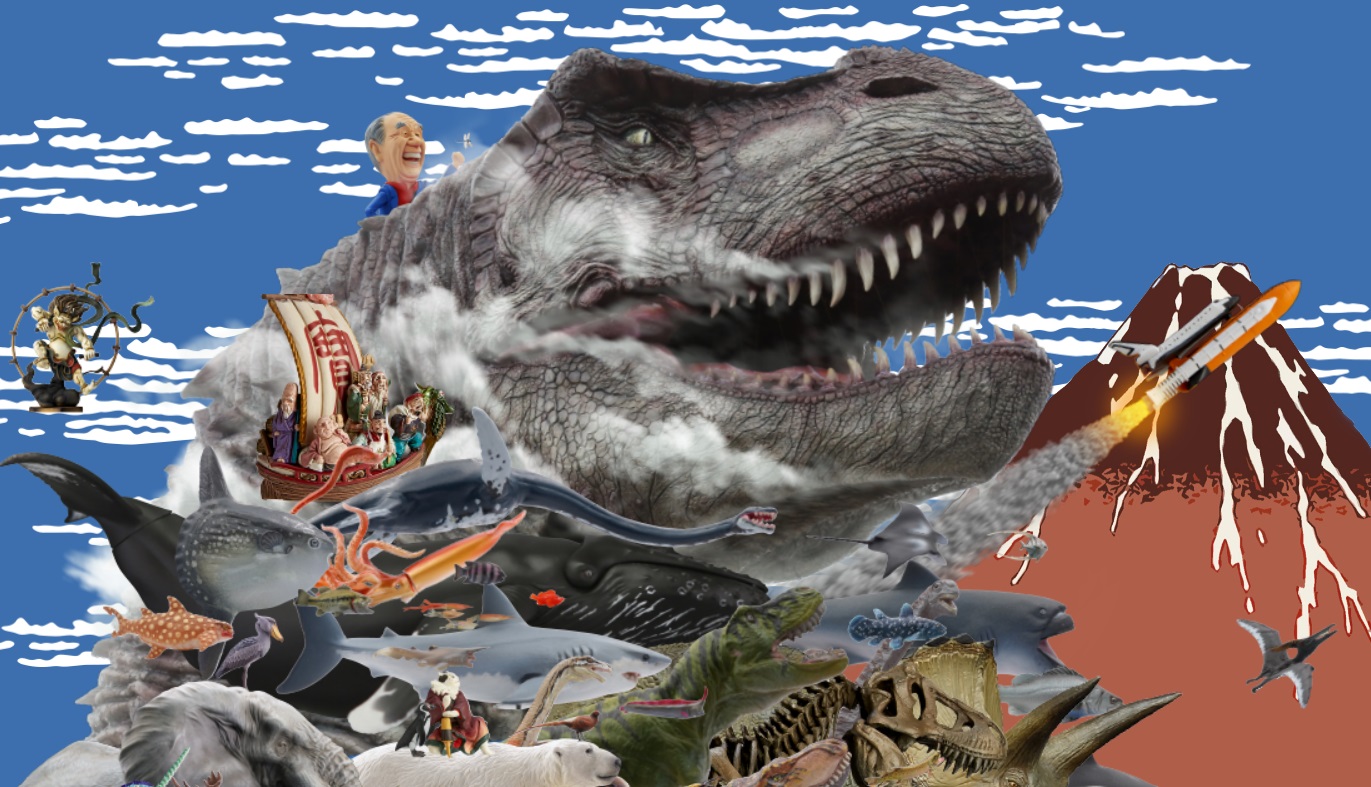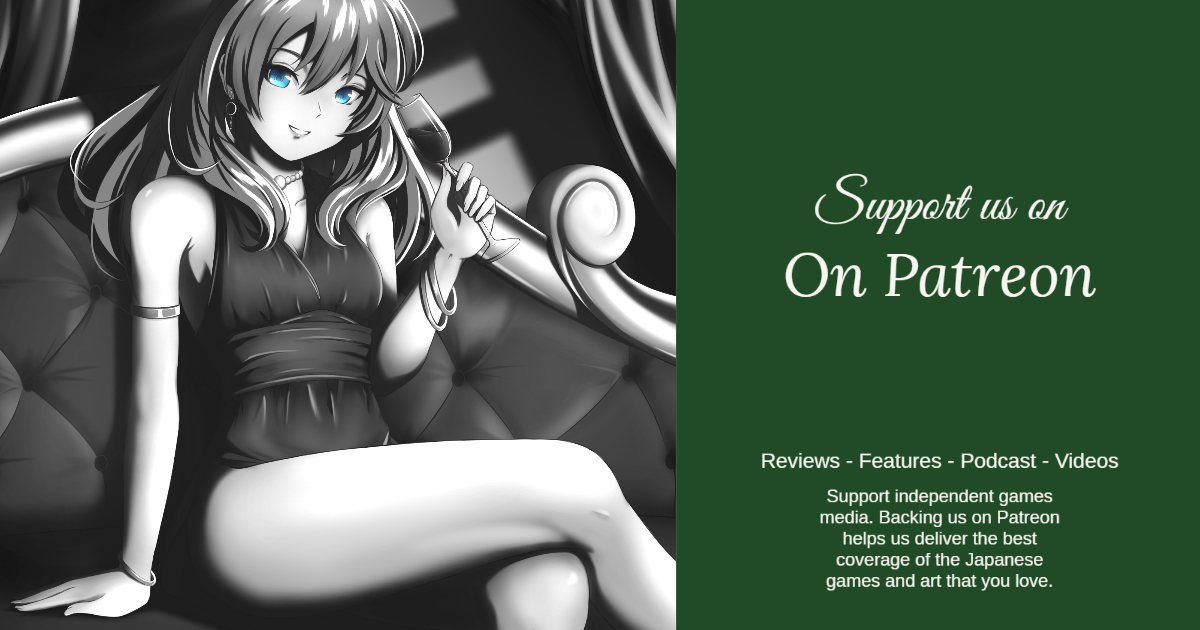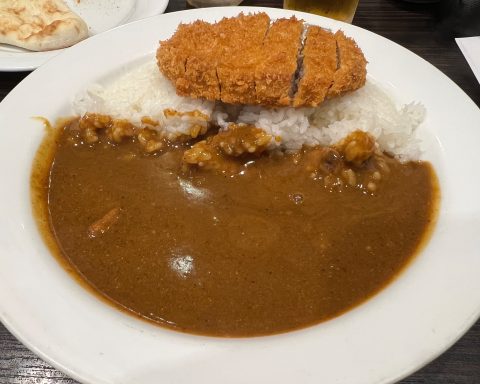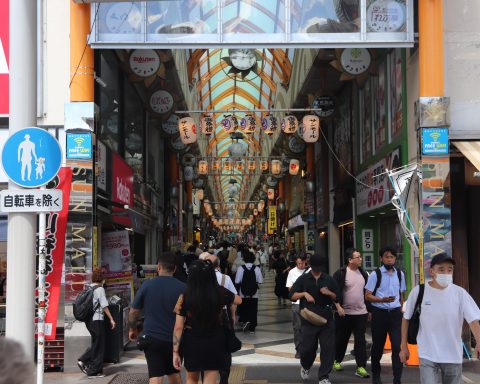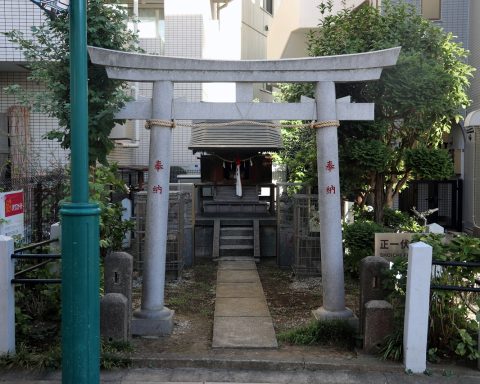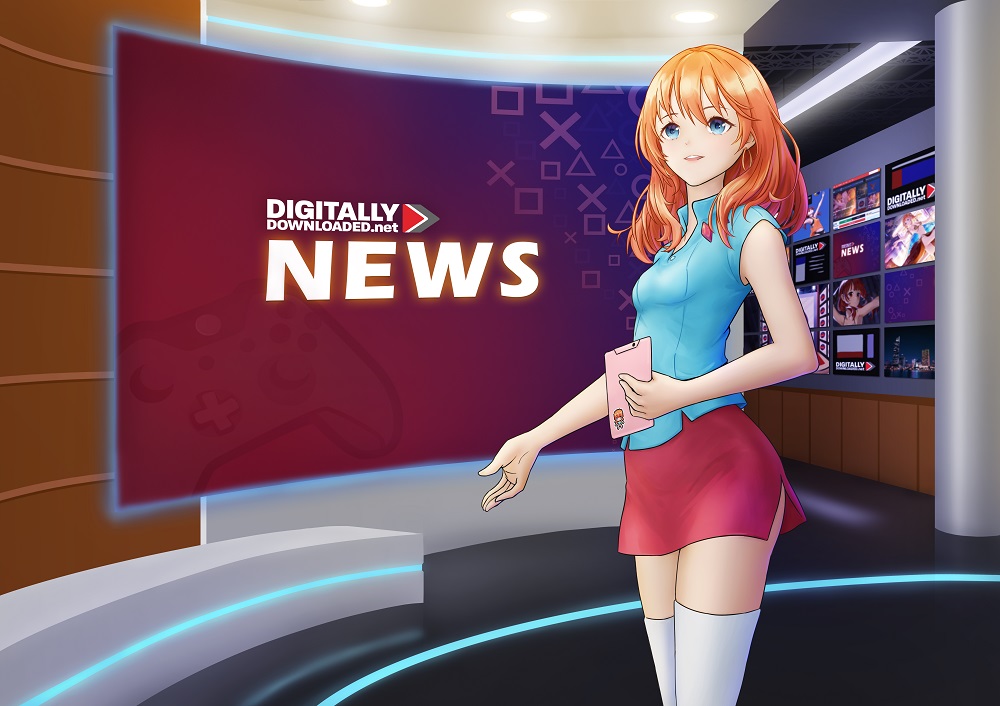DDNet contributor, Alex Kidman, recently took a trip to Japan and, out of incredible jealousy, we asked him to drop us a couple of stories of highlights from his trip. Here’s his first!
Wander the streets of Akihabara, and you’re beset on all sides by anime, video games and, increasingly, plastic models. It’s an immense market, built as part of the general media mix that sells any given game or anime franchise as more than just their core gameplay or manga originals.
Media mixes like this have been around for a long, long while too, with most noting the success of Tezuka Osamu’s Tetsuwan Atom (Astro Boy) as being as much to do with the stickers that were sold at the time as the manga itself.
But were you to wander around Akihabara, you’d mostly only see the same models again and again and again. If you’re after an ex-crane game One Piece or Dragonball figure for around 1,200 yen, then you can go hog wild for sure. But Japanese modelling goes a lot further than those two franchises.
Which is how I found myself in Kadoma on Osaka prefecture’s northern side. Kadoma is a city in its own right, and headquarters to a number of big companies such as Panasonic and Tiger Corporation – but not the makers of those slightly iffy LCD games of yesteryear, this is a vacuum flask company. It’s also a bit of a commuter city for Osaka city workers, because it’s about half an hour by train from Osaka Station.
But I’m not here because I’ve taken up a salaryman job, or because I’m interviewing someone from Panasonic. Or indeed because I need a new vacuum flask. I’m here because Kadoma also houses one of the more astonishing museums I’ve ever visited.
Located on the third floor of a very nondescript building just near Kadoma-Shi station – and when I say nondescript, Google Maps sent me to the back of the building near the bins and it took me a good ten minutes of wandering around to work out that the way in was via the supermarket downstairs where there’s a slightly-less-than-obvious escalator – is Kaiyodo Hobby Land.
If that sounds like it’s just another figure store to you, well, it was. The original Kaiyodo store opened in Moriguchi City in 1964 with just a tiny collection of plastic models to sell. Store owner Osamu Miyawaki was quickly passionate about the prospects of plastic models, and also successful in his business over many years indeed.
There’s a fabulously entertaining story to all of this as well. Miyawaki had tried his hand at a number of trades as a young man with limited success. With a young family to care for, he figured at age 36 that he needed to stick to something to make a career of.
So, he did what any of us would do, hanging a wooden exercise sword from the ceiling, cutting its string and deciding that he’d open a model shop if it fell pointing east/west or an Udon shop if it fell north/south.
OK, maybe that’s not how you make your life decisions, but based on what happened to Miyawaki, I’m sorely tempted to take it up as a career picker from now on. It seems to have worked pretty well for him.
Miyawaki didn’t just sell model kits at retail, though. He also made them, imported them, built them and collected them en masse. Do that for long enough, and you’ll build up a collection that has to go somewhere… and this is why I found myself in Kadoma city.
Kaiyodo Hobby Land is a model museum built around his impressive collection and more. It only opened in 2021, at a point where it wasn’t really feasible for any non-Japanese tourists to visit.
It’s a living, breathing museum to everything modelling, from countless Gojira figures (believe me, I tried to count them all and had to give up) to massive dinosaurs to an actual Gremlins movie prop and plenty more besides.
It’s somewhat overwhelming, because there’s thousands – probably in the tens of thousands – of items on display, tracing through Japanese art, culture, history and popular culture too. All of this is intertwined with experiences that are designed to delight not only those who might pore over traditional museums, but also younger kids as well, because the origin of these model kits is in children having fun.
If you’re into classic Japanese art, there’s an interactive version of The Great Wave Off Kanagawa, not far from some truly massive displays of traditional Edo street scenes, rubbing elbows with an array of classic anime and manga figures, not too far from an area where younger kids (well, younger than me, but nearly everyone is) can learn about model painting in interactive classes. This is genuinely one of those places with a little something for everyone here, if you follow me.
If you’re truly time-crunched in Osaka, there is a branch of Kaiyodo Hobby Land near Osaka Castle for a one-two hit, but my understanding is that it’s a considerably smaller affair – and, being so close to a tourist hotspot it’s also likely to be considerably busier than the Kadomo location.
What does all this have to do with video games and Japanese culture?
Well… everything, really. The reality is that video games, and especially Japanese produced video games, were built around a culture and a marketing idea that went far wider than the idea of slapping together some ones and zeroes and selling just that.
From a western gamer’s perspective, that kind of approach usually just extends to those “special editions” of AAA titles that come with a poorly painted, badly built statue.
Their Japanese equivalents would be those crane game One Piece figures I mentioned above, but there’s an appreciation in Japanese culture for well-made products too, even if they’re from pop culture sources.
Name a game series and there’s little doubt that during its coding phase it’s also being considered for stickers, cup noodle labels, manga and, of course, figures, not all of them simple crude affairs.
Kaiyodo Hobby Land is a great way to appreciate the scale to which this happens, and as a result, appreciate more around Japan’s cultural exports too, from anime and manga to video games and beyond.
Also, you can buy banana flavoured cakes shaped like Miyawaki’s sword, in case you have any career decisions you’d like to make while enjoying a tasty snack.
And if all of that can’t convince you, just take a look at that video above.

